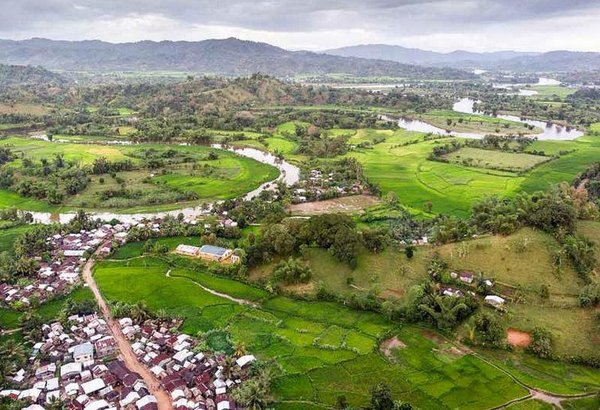 Read this article in French
Read this article in French- Share this article
- Subscribe to our newsletter
Diseases transmitted by wildlife: what can be done?
Some 75 per cent of current emerging infectious diseases were transmitted to humans by animals, particularly wildlife. SARSCov2 is the perfect example, along with Ebola virus and Lassa virus.
Research has shown that epidemics of diseases of animal origin are increasingly common, primarily due to environmental degradation and to the intensification of domestic and wild animal production and trade. Moreover, human population growth, urbanisation and increased economic activity are increasing the interactions between humans, wildlife and domestic animals.
As part of an in-depth study funded by the European Union, policy-makers and scientists looked at and analysed information obtained through research into the causes of zoonoses and their spread.
The results are presented in a white paper and a policy brief that were produced by the UN-Food and Agriculture Organization (FAO), the French Agricultural Research Centre for International Development (CIRAD), the Center for International Forestry Research (CIFOR) and the Wildlife Conservation Society (WCS), as part of their Sustainable Wildlife Management (SWM) programme. It was presented at the Global Landscapes Forum on the 28th October 2020.
Both documents set out the reasons why diseases spread from wildlife to humans, and shed light on the steps to be taken, particularly at the interfaces between humans, wildlife and livestock, by means of the triptych PREVENT – DETECT – RESPOND.
Action in these three fields calls for political support and investment.
PREVENT
The main actions required to reduce the risks of wildlife being exposed to pathogens:
- maintaining ecosystem integrity
- reducing urban consumers' demand for wildlife as food
- reinforcing controls of wildlife trade
- promoting food safety and hygiene standards
- building sustainable, safe local food systems
DETECT
To detect and flag up future zoonosis clusters, the following are recommended:
- stepping up risk assessment and mapping to target surveillance strategies more efficiently
- developing effective, ongoing surveillance systems to detect emergence and respond rapidly, involving the whole range of stakeholders, including local communities and the private sector
RESPOND
The response should take the form of an effective "One Health"-type approach. Such approaches acknowledge that human and animal health are intertwined and linked to the health of the ecosystems in which they coexist. The main operations to be undertaken are as follows:
- on a national level, building cross-sectoral consultation and planning frameworks involving all the stakeholders concerned: health, livestock production, wildlife, forestry, environment, land use planning, etc.
- supporting collaboration, coordination, planning and joint responses on the part of the different players
- reinforcing legal frameworks, particularly relating to animal health, wildlife management and food safety
- promoting the formalisation of land tenure systems, to improve community land and natural resource management, and inclusive land use planning policies
- Reinforcing political commitment to fighting zoonoses
The white paper also stresses the need to take account of and involve local people, including indigenous groups, who depend on wildlife for their food, income and cultural identity. The aim is to build a global approach based on the risks.
(CIRAD/wi)
Reference:
FAO, CIRAD, CIFOR and WCS. 2020. White paper: Build back better in a post-COVID-19 world – Reducing future wildlife-borne spillover of disease to humans: Sustainable Wildlife Management (SWM) Programme. Rome, FAO. https://doi.org/10.4060/cb1503en
More information:
The Sustainable Wildlife Management (SWM) Programme





Add a comment
Be the First to Comment